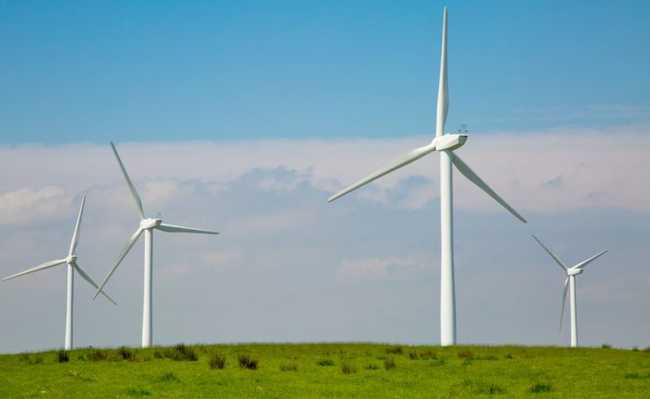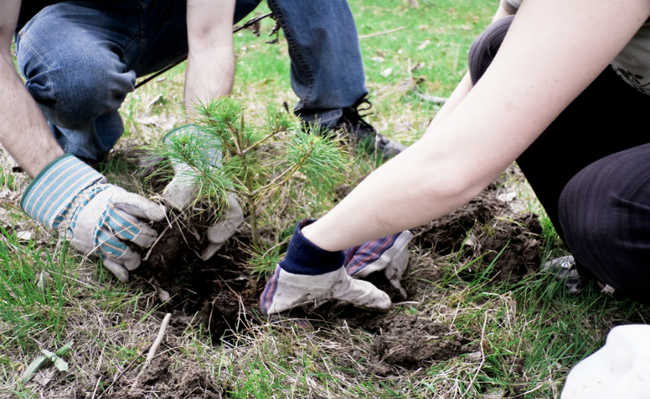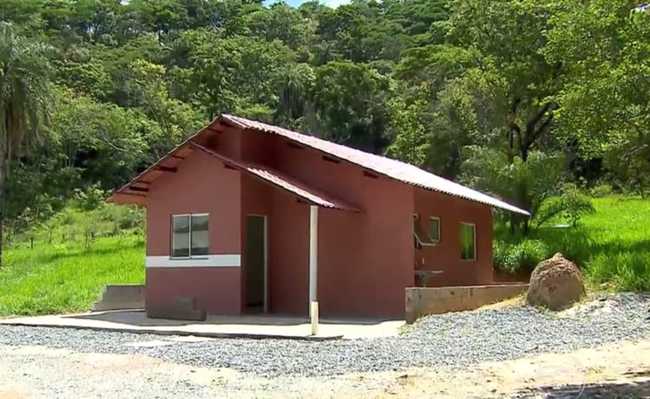New marine current power generation technology is being tested in Canada
The production of electric energy through marine currents is close to being implemented

Have you ever been knocked over by a wave? On the beach, it is always common to see people being carried to and fro by the waves of the sea. The strength of some of them is impressive and even dangerous. The good news is that the current can be used to generate electrical energy. It is wave energy, or wave energy.
In Canada, the Fundy Ocean Research Center for Energy (FORCE) is working on a project that consists of creating a marine electricity generator. The force of the tides, rivers and oceans is used to move these generators, which produce energy.
Experts argue that the energy generated would be enough to power thousands of homes. Expectations are more or less as follows: with the production of 64 megawatts, the number of homes benefited would be 20,000. However, work is still focusing on connecting the four gigantic marine turbines to the cables at the bottom of the Bay of Fudy - bay on the Atlantic coast of North America.
The current generator project is financed by Natural Resources Canada and the Ocean Renewable Energy, at the Canada Group. The hopes are to move forward with the commercialization of marine renewable energy technologies, mainly in Canada, and to create international competitiveness. By completing this project, Canada could become the new leader in harnessing currents, rivers and waves to produce electricity.
Watch the video to understand how to capture this energy:
In Brazil
COPPE/UFRJ, in partnership with Furnas and the company Seahorse Wave Energy, are working on the installation of a power plant, called "converter offshore", about 13 km from Copacabana beach, in Rio de Janeiro. The plant, which would be at a depth of 20 meters, would have a generation capacity of 100 kW and would provide enough electricity to supply the equivalent of 200 homes.
The completion of the project involves an investment of R$9 million from Furnas and is scheduled for 2015.
The project also aims to develop plants with floating structures, which can be installed in areas far from the coast, in order to help supply even future pre-salt platforms.
Sources: Ideal Geener and COPPE Planet










